- Our food is lacking some of the main nutrients like magnesium, zinc, etc. due to agriculture.
Zinc, in particular, has been deficient for at least two generations. Therefore, the ability to fix it is reduced (epigenetic).
This is why food is not always sufficient...
The problem :
Nutrient concentrations in foods have been declining since the 1950s.
· Less protein (6%), calcium, phosphorus, iron, riboflavin (38%) and vitamin C. (Davis, 2004 USA)
· Less Calcium, Magnesium, Copper and Sodium in vegetables & less Magnesium, Iron, Copper and Potassium in fruits. (Mayer 1997 UK)
· Idem Canada (Marles 2017)
· And more sugar and carbohydrates
Decline in nutrient concentrations in foods over the past 50 years
(protein, Ca, P, Fe, riboflavin and ascorbic acid
from 6% for protein to 38% for riboflavin)
2. Zinc (Zn)
Zinc
Use:
Zinc is a trace element required for many enzymatic reactions, particularly those involved in cell proliferation, differentiation, and apoptosis. As a cofactor of superoxide dismutase (ZnSOD), it helps protect against oxidative stress. Zinc is also involved in DNA transcription and plays an important role in the structure of certain proteins and cell membranes.(1) During childhood, zinc intake is essential for growth and development.(2)
Zinc supplements are also used to support the immune system, including reducing the symptoms and duration of colds, speeding wound healing, and treating acne. Additionally, zinc is involved in taste. In some cases of dysgeusia, zinc supplements are used.(3)
Source :
Eating
- Oyster (16-33 mg/100 g) and other seafood, organ meats (liver), poultry, whole grains and nuts.(4) Pumpkin and sesame seeds (2-3 mg/60 ml).
Supplements
- Zinc is available on the market in the form of salts (acetate, citrate, picolinate, gluconate, ascorbate, orotate, sulfate, and chloride) or in the form chelated by an amino acid. No studies have really compared their bioavailability, but zinc gluconate is better absorbed than oxide,(5) and bisglycinate is better absorbed (43%) than gluconate.(6)
Active ingredients:
Zinc.
Pharmacology:
Animal studies have shown that zinc is necessary for bone growth. Several mechanisms of action have been identified in vivo and in vitro : (7)
- Stimulation of osteoblast multiplication and their differentiation into osteocytes;
- Stimulation of the production of type I collagen, osteocalcin and IGF-1;
- Increased alkaline phosphatase activity;
- Inhibition of the RANKL factor involved in osteoclast differentiation.
In humans, clinical data appear to confirm the importance of dietary zinc intake for bone health:
- A 4-year follow-up of 396 men aged 45 to 92 years highlighted the link between osteoporosis and a zinc-poor diet. Hip and spine bone density was also lower in men with the lowest plasma zinc levels.(8)
- 224 healthy postmenopausal women took 600 mg of calcium daily for 2 years. 112 of them also took 12 mg of zinc and 2 mg of copper. The results showed a preventive effect of zinc on bone loss, only in those whose dietary zinc intake was less than 8 mg per day. In the others, it seemed to have had the opposite effect. However, when the results were weighted with dietary magnesium intake, the latter explained the difference in results. Indeed, with Mg intakes lower than 237 mg/day, bone mass decreased over 2 years. With higher intakes (Mg ≥237 mg/day), bone mass was maintained.(9) RDA of Mg = 320 mg/day in women.
- 61 people aged 66 to 105 years suffering from osteoporosis received a 20 g protein supplement (whey + essential amino acids) for 4 weeks. In the group also receiving 30 mg of zinc per day, plasma IGF-1 levels increased faster than in the control group and the CrossLaps ® indicator of bone resorption decreased significantly.(10) Note that there were 14 withdrawals, 12 of which were due to nausea.
- Sixty patients (20-50 years) with a traumatic fracture received either 50 mg of zinc (sulfate) or a placebo. In the verum group, callus formation was accelerated and serum alkaline phosphatase and zinc levels were increased.(11)
- 20 men took 50 mg of zinc (gluconate) for 12 weeks. Markers of bone formation (bone-specific alkaline phosphatase) were increased, but markers of resorption (urinary calcium, C-telopeptide) were not affected.(12)
Indications:
Possible: acne, colds, osteoporosis.
Dosages:
Zinc is not stored in the body and must be supplied regularly through food.
Recommended nutritional intake:
- From 0 to 6 months: 2 mg
- From 7 to 12 months: 3 mg
- From 1 to 3 years: 3 mg
- From 4 to 8 years: 5 mg
- From 9 to 13 years: 8 mg
- 14 to 18 years: 11 mg (boys), 9 mg (girls)
- From 19 years: 11 mg (men), 8 mg (women)
Maximum intake according to Health Canada: 50 mg/day
Suggested doses: 15 to 30 mg zinc in combination with other minerals, particularly copper (ratio 1/11 to 1/15 to prevent copper overdose: 1 to 2 mg Cu for 15 to 30 mg Zn).
Side effects:
- Minor digestive disorders (stomach ache, diarrhea, nausea)
- Locally (lozenges) or at high doses: Alteration of taste
- High doses (over 100 mg per day) or long-term use can cause copper deficiency, leading to serious disorders such as sideroblastic anemia and myeloneuropathy.(13,14) Therefore, it is advisable to add copper supplements (1 to 3 mg).
Interactions:
Zinc may decrease the absorption of tetracycline and quinolone antibiotics when taken together.
Certain medications or treatments can stimulate zinc excretion or decrease its absorption: anticonvulsants, angiotensin-converting enzyme inhibitors, oral contraceptives, hormone replacement therapy, thiazide-class diuretics, chelating agents (penicillamine, DTPA), antacids, and calcium.
Pregnancy and breastfeeding:
Follow the ANR.
Contraindications:
N/A
Notes:
Zinc acts as a co-factor, making it useful in a multi-mineral approach.
Text references 1:
· Davis DR, Epp MD, Riordan HD. Changes in USDA food composition data for 43 garden crops, 1950 to 1999. J Am Coll Nutr. 2004 Dec;23(6):669-82. PubMed PMID: 15637215. https://www.ncbi.nlm.nih.gov/pubmed/15637215
Ca, Mg, Cu and Na in vegetables and Mg, Fe, Cu and K in fruit.
https://www.californiaearthminerals.com/media/british-food-mineral-depletion-study-v101.pdf
Historical changes in the mineral content of fruits and vegetables
Anne-Marie Mayer
British Food Journal 1997
Marles RJ. Mineral nutrient composition of vegetables, fruits and grains: The context of reports of apparent historical declines. Journal of Food Composition and Analysis Volume 56, March 2017, Pages 93–103 https://www.sciencedirect.com/science/article/pii/S0889157516302113
Declining Fruit and Vegetable Nutrient Composition: What Is the Evidence?
Donald R. Davis
HortScience February 2009 vol. 44 no. 1 15-19
https://hortsci.ashspublications.org/content/44/1/15.full
Text references 2:
- Zinc. Micronutrient Information Center. Linus Pauling Institute - Micronutrient Research for Optimum Health. lpi.oregonstate.edu
- Ruz M. Zinc supplementation and growth. Curr Opin Clin Nutr Metab Care . 2006 Nov;9(6):757-62. Review. PMID: 17053431.
- Heyneman CA. Zinc deficiency and taste disorders. Ann Pharmacother . 1996 Feb;30(2):186-7. Review. PubMed PMID: 8835055.
- Siepmann M, Spank S, Kluge A, Schappach A, Kirch W. The pharmacokinetics of zinc from zinc gluconate: a comparison with zinc oxide in healthy men. Int J Clin Pharmacol Ther . 2005 Dec;43(12):562-5. PMID: 16372518.
- Siepmann M, Spank S, Kluge A, Schappach A, Kirch W. The pharmacokinetics of zinc from zinc gluconate: a comparison with zinc oxide in healthy men. Int J Clin Pharmacol Ther . 2005 Dec;43(12):562-5. PMID: 16372518.
- Gandia P, Bour D, Maurette JM, Donazzolo Y, Duchène P, Béjot M, Houin G. A bioavailability study comparing two oral formulations containing zinc (Zn bis-glycinate vs. Zn gluconate) after a single administration to twelve healthy female volunteers. Int J Vitam Nutr Res . 2007 Jul;77(4):243-8. PubMed PMID: 18271278.
- Yamaguchi M. Role of nutritional zinc in the prevention of osteoporosis. Mol Cell Biochem . 2010 May;338(1-2):241-54. Review. PMID: 20035439.
- Hyun TH, Barrett-Connor E, Milne DB. Zinc intakes and plasma concentrations in men with osteoporosis: the Rancho Bernardo Study. Am J Clin Nutr . 2004 Sep;80(3):715-21. PMID: 15321813.
- Nielsen FH, Lukaski HC, Johnson LK, Roughead ZK. Reported zinc, but not copper, intakes influence whole-body bone density, mineral content and T score responses to zinc and copper supplementation in healthy postmenopausal women . Br J Nutr . 2011 Dec;106(12):1872-9. doi: 10.1017/S0007114511002352. PubMed PMID: 21733304.
- Rodondi A, Ammann P, Ghilardi-Beuret S, Rizzoli R. Zinc increases the effects of essential amino acids-whey protein supplements in frail elderly . J Nutr Health Aging . 2009 Jun;13(6):491-7. PubMed PMID: 19536417.
- Sadighi A, Roshan MM, Moradi A, Ostadrahimi A. The effects of zinc supplementation on serum zinc, alkaline phosphatase activity and fracture healing of bones . Saudi Med J. 2008 Sep;29(9):1276-9. Erratum in: Saudi Med J. 2008 Dec;29(12):1836. PubMed PMID: 18813411.
- Peretz A, Papadopoulos T, Willems D, Hotimsky A, Michiels N, Siderova V, Bergmann P, Neve J. Zinc supplementation increases bone alkaline phosphatase in healthy men . J Trace Elem Med Biol . 2001;15(2-3):175-8. PubMed PMID: 11787985.
- Willis MS, Monaghan SA, Miller ML, McKenna RW, Perkins WD, Levinson BS, Bhushan V, Kroft SH. Zinc-induced copper deficiency: a report of three cases initially recognized on bone marrow examination. Am J Clin Pathol . 2005 Jan;123(1):125-31. PMID: 15762288.
- Hedera P, Peltier A, Fink JK, Wilcock S, London Z, Brewer GJ. Myelopolyneuropathy and pancytopenia due to copper deficiency and high zinc levels of unknown origin II. The denture cream is a primary source of excessive zinc. Neurotoxicology . 2009 Nov;30(6):996-9. Epub 2009 Sep 2. PMID: 19732792.

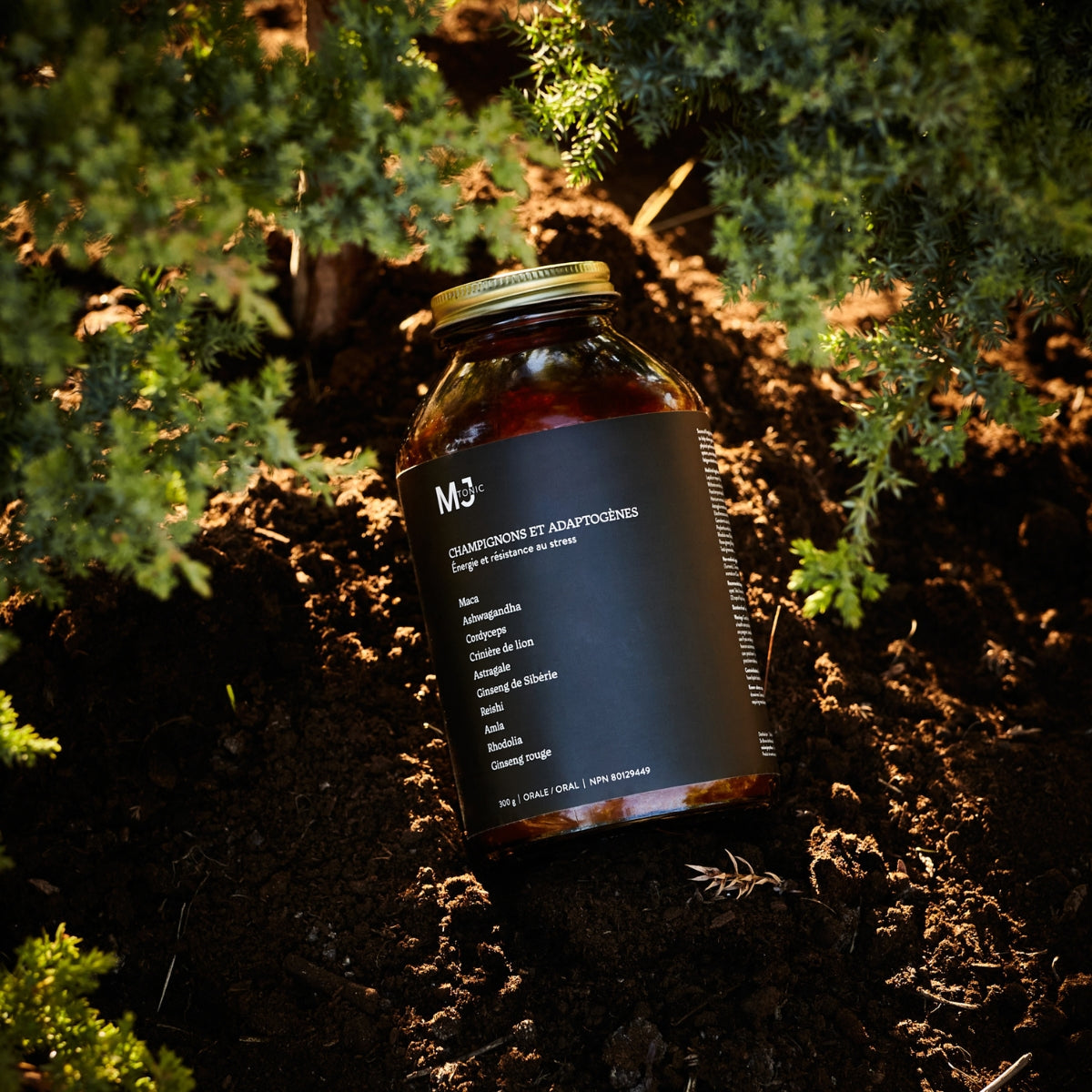




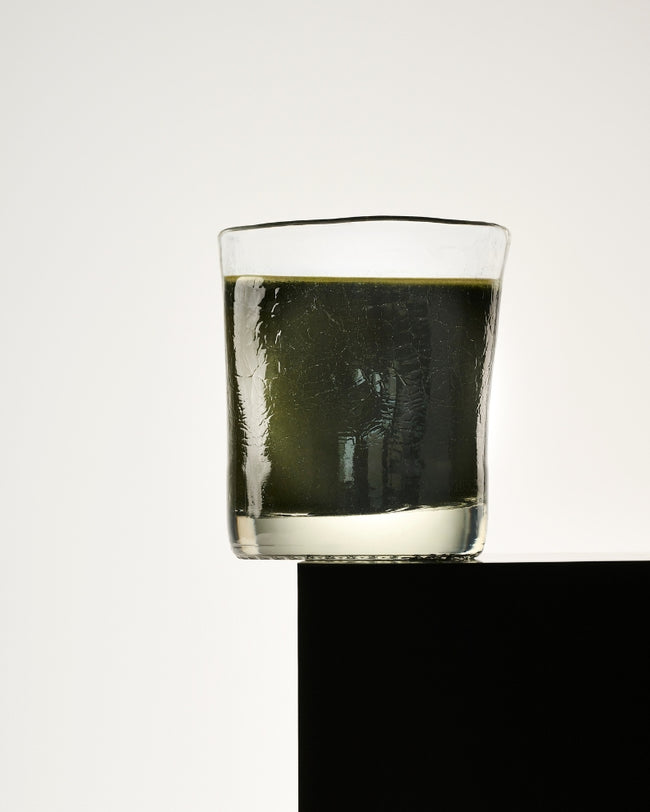





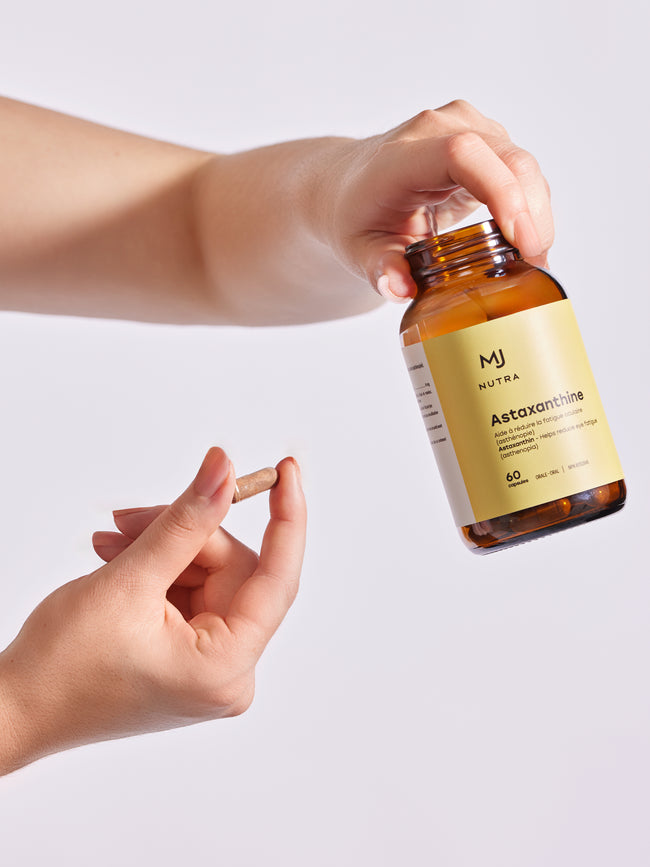









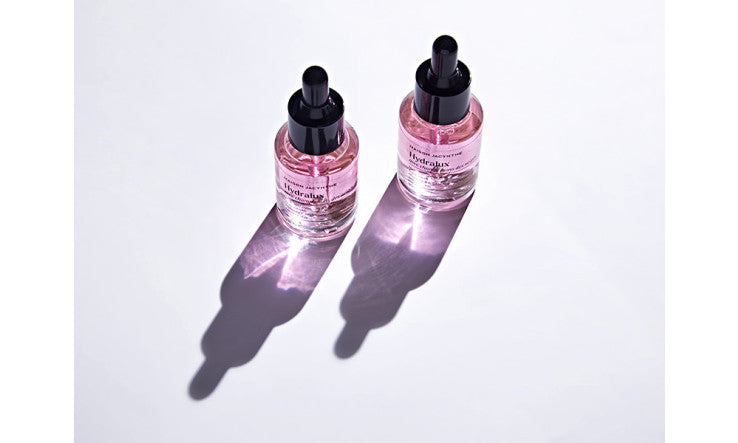











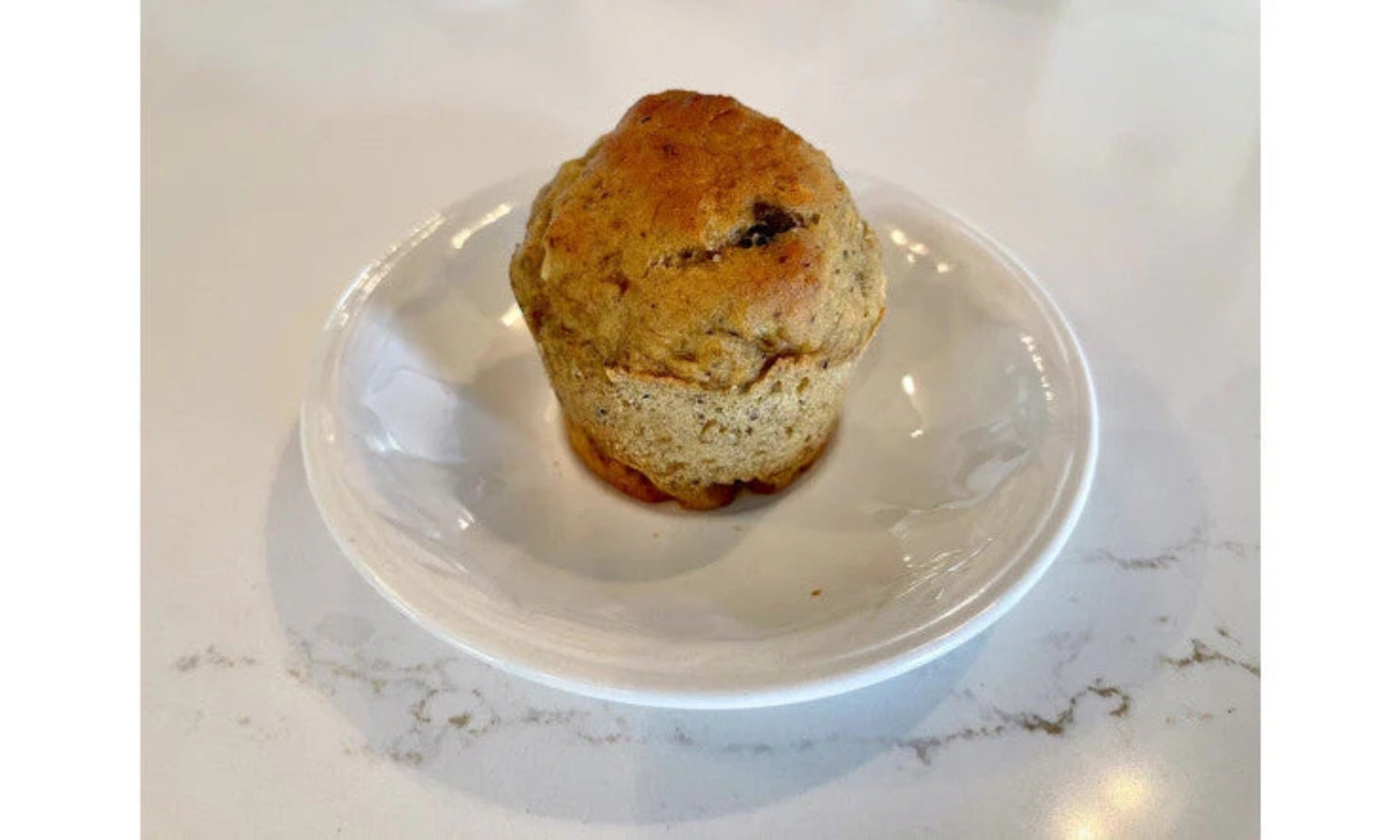































Leave a comment